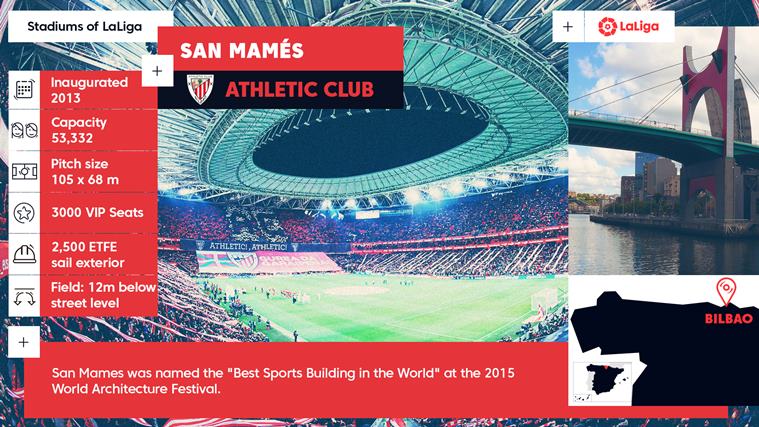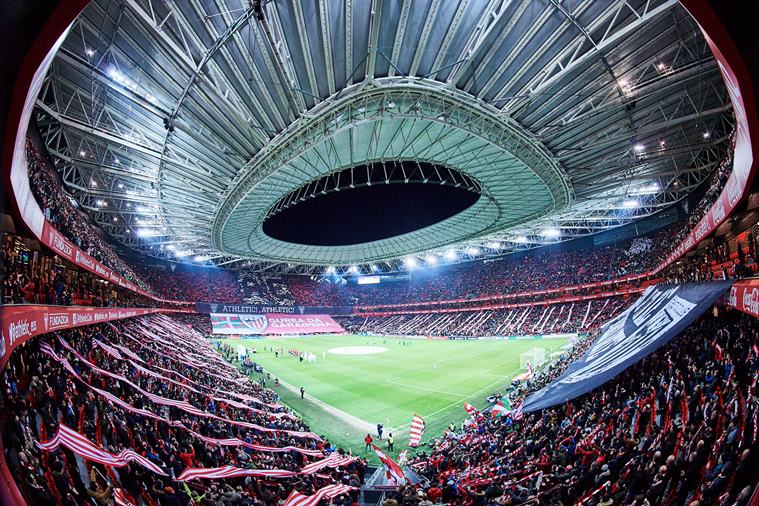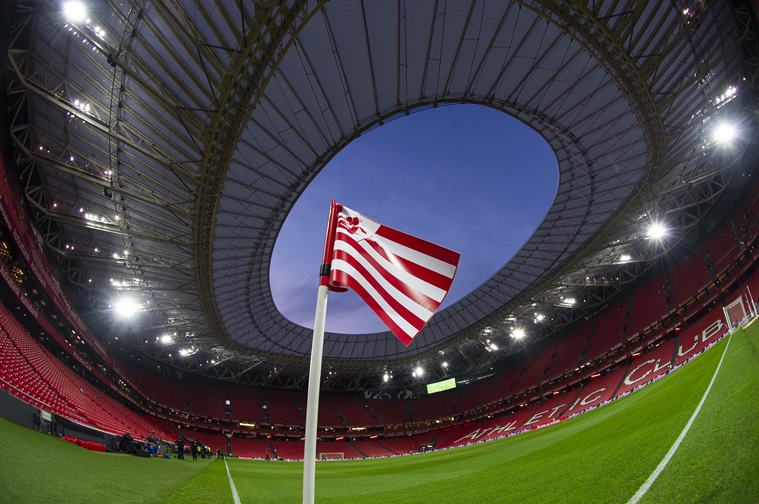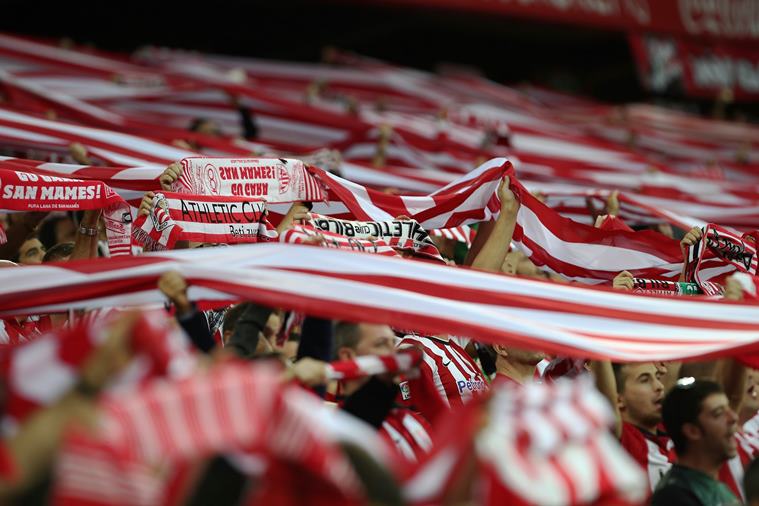
Athletic Bilbao moved to the new San Mames in September 2013, leaving behind the older San Mames where they had resided for a century. Athletic are a unique club and those familiar with La Liga would know that they are the only club apart from Real Madrid and Barcelona to not get relegated from the Spanish top flight, a league that was established in 1929. They would also be familiar with the fact that this success comes alongwith Athletic club’s policy of recruiting only players from the Basque Country, of which it is a cultural icon.
One could think that this new home may not have inherited the historic and magical character so deeply linked to the ‘Cathedral’ – the old San Mamés – but that would mean not knowing what makes this club, its supporters and the city as a whole so special.
As a result of their recruitment policy, Athletic fans are fiercely loyal, as are its players. Youth players brought through the club’s iconic Lezama academy are known as ‘cubs,’ before growing into ‘Lions’ in the senior team. But how can such a unique and particular identity – the club’s DNA, if you will – be captured by a stadium?
The answer is quite simple: by rooting it in the city of Bilbao. The new San Mamés is, from an architectural point of view, the icing on the cake in one of the most culturally-rich cities in Europe. Bilbao is today seen as perhaps the finest exponent of post-industrial regeneration, and San Mames is the latest in the long line of the city’s iconic architectural achievements such as Frank Gehry’s Guggenheim Museum and the Iberdrola Tower. The transformation of the city in Spain’s industrial heartlands began in the 1990s and has culminated in the construction of one of the world’s most innovative stadiums, one that has become a new landmark on the city’s skyline. Put simply, San Mames could only have been designed and built in one city: Bilbao.




The stadium sits on the Bilbao riverfront (the ria), making it a prominent icon on the city’s modern downtown skyline. Yet tradition flows freely through the new San Mames. Built adjacent to the old stadium, the traditions which made playing in the original ‘Cathedral’ have been kept very much alive. A flower offering is still offered to the bust of Pichichi – Athletic’s iconic striker in the 1910s – by the captain of clubs playing at the stadium for the very first time every night before a match.
The impressive atmosphere created by Athletic fans for every game was taken into account by the stadium’s architects, who pushed the stands as close as possible to the playing field and built them to be as vertical as possible in order to “create an intimidating atmosphere for the visiting team.” The impressive roof, which angles down towards the action and traps the sound made by the fans, only adds to this cauldron of excitement and passion. In the words of the architects, “the proximity of the fans to the pitch, together with the acoustic effect of the supporters’ thunderous yells, creates an extraordinary football atmosphere.”
The San Mames’ iconic and translucent façade is made up of 2,500 identical ‘sails,’ each with a strip of 12 LED lights. The end result is, in effect, a giant 30,000-pixel screen able to project almost any image or animation you could imagine and capable of lighting up the city’s night skyline in a sea of colour.

The stadium has been recognised around the world with a plethora of architectural awards and was named the ‘Best Sports Building in the World at the 2015’ World Architectural Festival. FIFA handed it ‘Elite Stadium’ status and it is the only La Liga stadium set to host matches at Euro 2020.